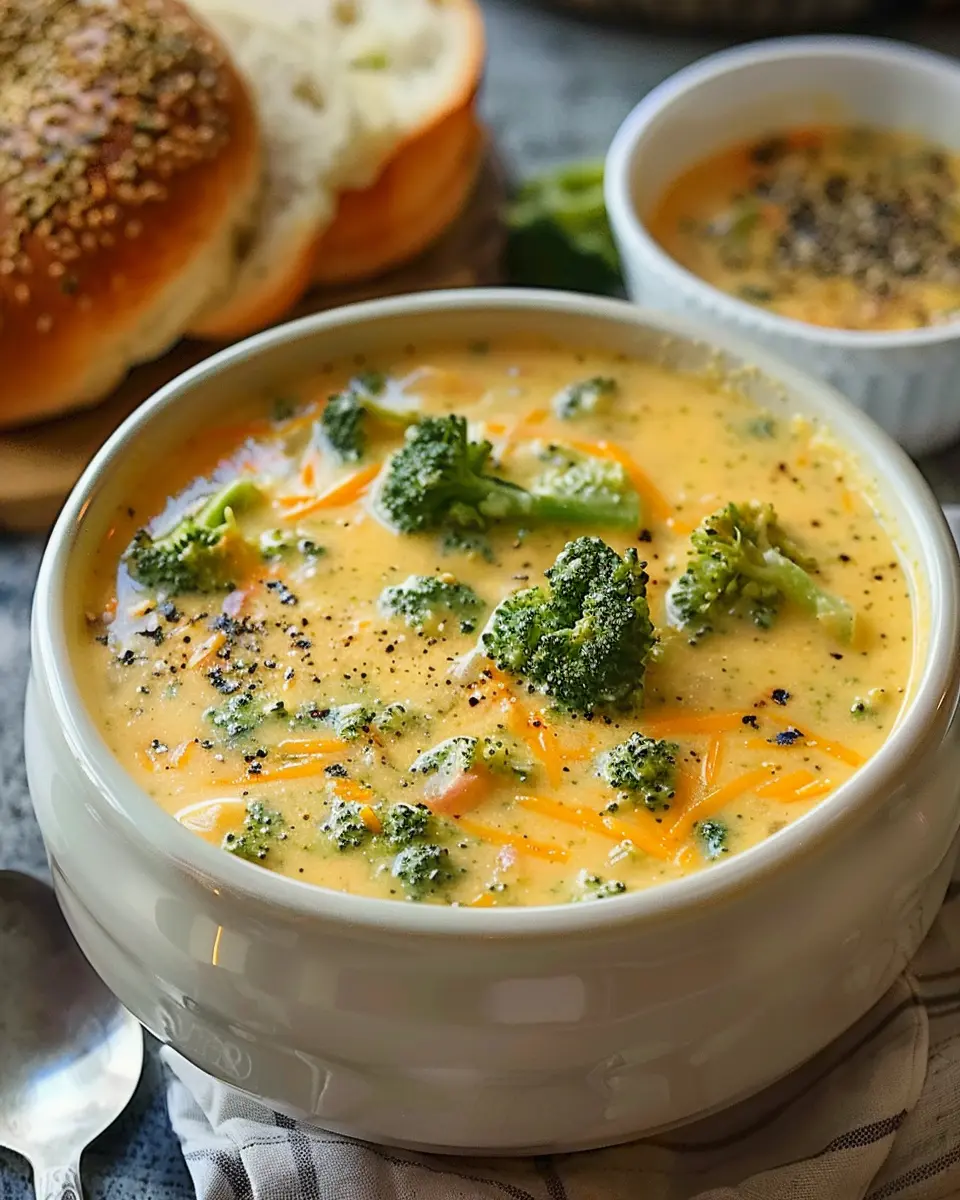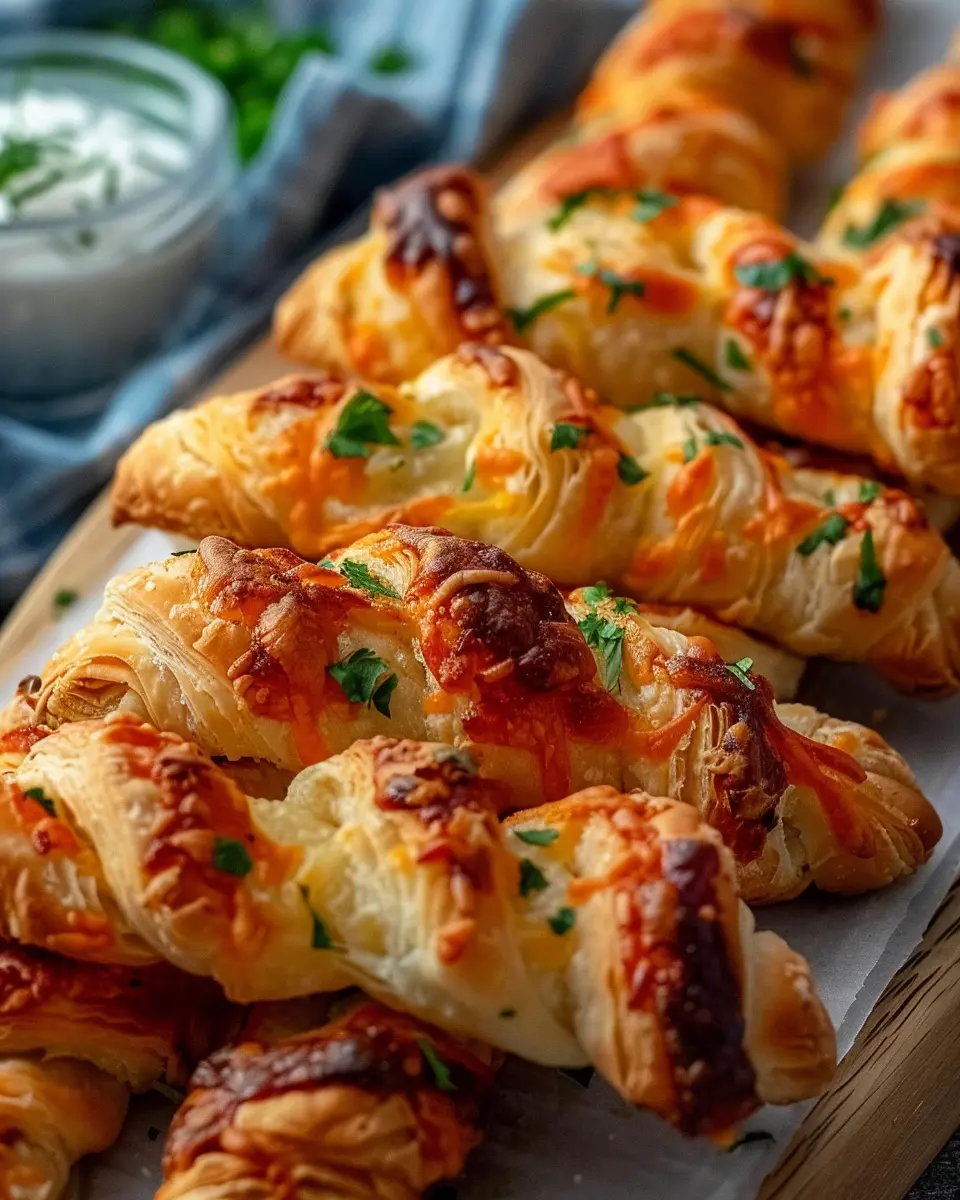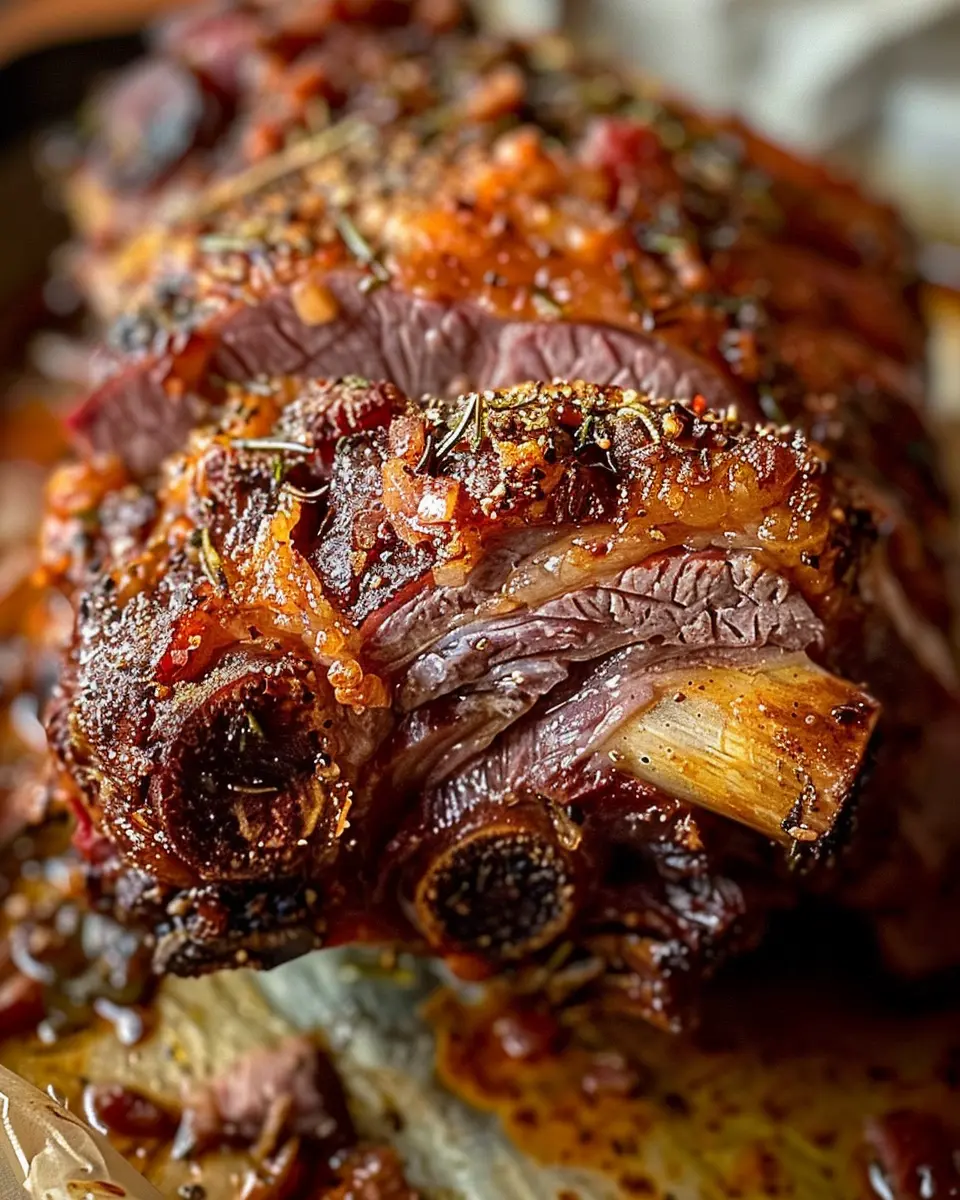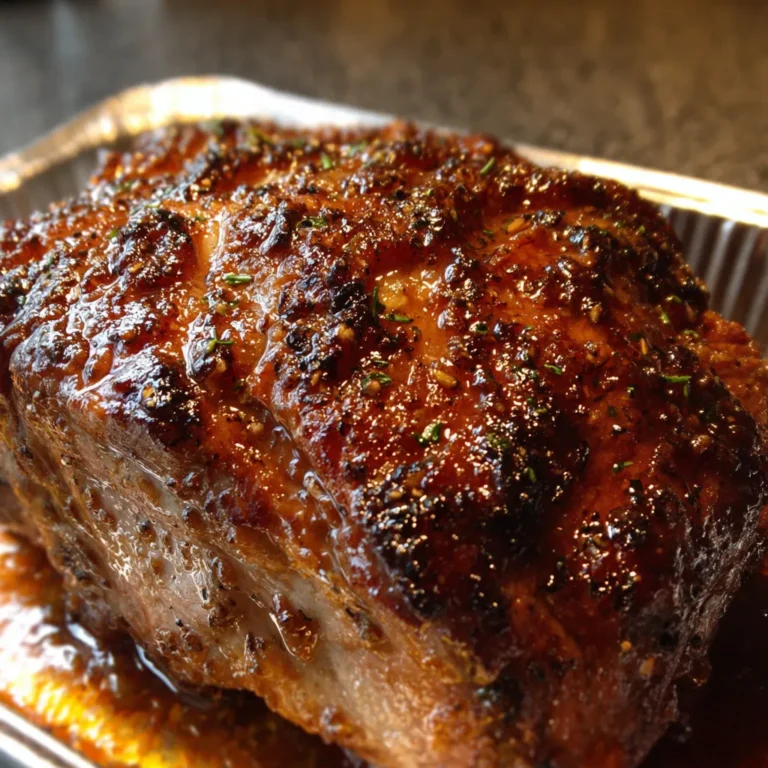Why This 20-Minute Homemade Bread Is a Total Game-Changer
Let’s be honest—between back-to-back meetings, overflowing inboxes, and whatever “adulting” throws your way, baking something from scratch often feels impossible. But that’s exactly why this 20-minute homemade bread is such a game-changer. It gives you everything you want—fresh, warm, golden bread—without the time, yeast, or kneading. Sounds too good to be true? It’s not.
But what if I told you that you could go from zero to fresh, golden bread in just 20 minutes—no yeast, no kneading, no drama?
The Bread That Changed My Tuesdays
I still remember the exact moment this quick homemade bread recipe became a staple in my weeknight lineup. It was a Tuesday. I had just wrapped a marathon of virtual meetings, dinner plans fell through, and I was craving carbs. Not the store-bought, dry-toast kind—but the warm, steamy, pull-apart kind. I opened my pantry, expecting disappointment, but there they were: flour, baking powder, olive oil. Ten minutes later, the dough was in the oven, and I felt like I had just unlocked some kind of kitchen cheat code.
If you’re anything like me—a millennial who loves the idea of homemade but lives in the reality of time crunches—this recipe will feel like a little win. And we all need those.
Quick Bread Isn’t New—But It’s Trending for Good Reason
You’re not alone in leaning into fast, from-scratch meals. According to a recent report by Statista, nearly 49% of young professionals cook at home primarily to save both time and money. That explains why no-yeast bread recipes are soaring in popularity on platforms like Pinterest and TikTok.
But unlike some trendy kitchen hacks that leave you with half-baked expectations (and dishes), this one delivers. It’s based on chemical leavening—meaning baking powder or baking soda, not yeast—so you skip the long proofing process entirely. According to culinary experts featured in The Spruce Eats, these fast breads are dependable, forgiving, and practically made for weeknight cooking.
The Magic of Making Bread in 20 Minutes
What Makes Quick No-Yeast Bread So Efficient?
Here’s what makes this recipe stand out in a sea of “easy” options:
- Zero rise time: No waiting hours for dough to puff.
- Minimal kneading: Just a quick minute to bring the dough together.
- Basic pantry ingredients: No last-minute grocery runs or obscure flours.
- Total hands-on time under 10 minutes: Yes, really.
And the best part? You don’t need to be a seasoned baker. If you’ve got 3 bowls, a wooden spoon, and the ability to measure a cup of flour, you’re good.
In fact, if you’re already a fan of our No-Knead Dinner Rolls or tried the rustic charm of our Herbed Focaccia in 1 Hour, you’ll love this loaf for its simplicity and speed.
But… Is It Actually Good?
Great question.
You might be wondering: Sure, it’s fast—but does it taste like real bread? Short answer: yes. Long answer: it’s soft inside, crisp outside, and honestly, dangerously easy to eat. The crumb is moist but not doughy, and the flavor is clean—perfect for slathering with butter, dipping in soup, or topping with smashed avocado.
And just to back that up with real-world validation: in a blind taste test done by food writer Melissa Clark for The New York Times, quick breads consistently held their own against traditional loaves when freshness and texture were key.
So yes, it’s good. Really good.
The Secret Behind No-Yeast Bread Magic
Let’s pull back the curtain on this deceptively simple loaf. You might be wondering, How on earth does this bread rise without yeast? Fair question—and the answer is actually pretty fascinating.
The magic lies in chemical leavening agents—typically baking powder or a combo of baking soda and an acid like buttermilk. These ingredients release gas when mixed with liquid and heat, creating air pockets that lift the dough. It’s quick. It’s efficient. And unlike yeast, it doesn’t care how your day’s been or what the room temperature is. It just works.
According to America’s Test Kitchen, this leavening reaction begins immediately upon mixing and continues during baking, which is why your dough needs to get into the oven quickly after you stir it together. That’s also why overmixing is a no-go—it can break down those precious bubbles before they have a chance to do their thing.
Why Quick Bread Recipes Are a Busy Cook’s Best Friend
I used to think baking bread meant committing to a multi-hour project—flour everywhere, timers, bulk fermentation… the works. But once I discovered the science behind no-yeast breads, it changed everything.
Here’s why they’ve become a go-to for time-strapped food lovers:
- Faster prep and bake: From mix to table in under 30 minutes.
- No rise, no rest: Unlike traditional breads, there’s no waiting for dough to double.
- Consistent results: Chemical leaveners are less finicky than yeast.
- No specialty ingredients: You probably have everything in your pantry already.
And it’s not just you and me baking smarter. The rise of quick breads is being echoed by trends in the culinary world, too. According to Bon Appétit, more home cooks are turning to speedy scratch-baking as a response to burnout from overly complicated kitchen routines. And honestly, who can blame them?
The Simple Science of Baking Powder Bread
What Makes It Work So Quickly?
There’s a reason why this loaf bakes up in under 20 minutes—it’s designed to. Instead of relying on yeast, which needs time to activate and multiply, you’re using baking powder, a dual-acting leavening agent. That means it reacts once when you add liquid, and again when it hits the heat of the oven.
That’s why timing matters:
- Don’t let the dough sit out once it’s mixed.
- Get it shaped and into the oven right away to take advantage of both reactions.
Unlike traditional loaves that need gluten development through kneading, quick breads benefit from minimal handling. This is what gives them their signature tender crumb—no chewiness, no density, just soft perfection.
If you’ve ever tried our Savory Cottage Cheese Bread Bake or the cozy Cheesy Garlic Chicken Wraps that pair beautifully with a fresh loaf, you’ve already tasted how versatile these simple bakes can be.
But Is It Still Bread Without Yeast?
This is the question I hear the most: If there’s no yeast, is it still bread? And I get it. We’ve been trained to think of bread as this sacred, slowly risen thing. But definitions evolve.
According to Harold McGee, author of On Food and Cooking, bread is simply “a baked product made from flour and water”—yeast isn’t a requirement. In fact, cultures around the world have been making yeast-free breads for centuries, from Irish soda bread to South Asian chapati.
So yes—this 20-minute homemade bread absolutely counts. And once you taste it, you won’t be asking that question again.
Still Skeptical? Try This Thought:
What if your go-to comfort food didn’t require planning, groceries, or even experience? What if bread became something you made on impulse—because you wanted to—not because it was chore #47 on your Sunday to-do list?
That’s what this recipe offers. Freedom from expectation. And a warm, golden loaf, just because you felt like it.
Ingredients Breakdown: Pantry Staples Behind the Best Quick Bread Recipe
You don’t need a culinary degree or a mile-long grocery list to make this quick no-yeast bread. That’s one of the things I love most about it. The ingredients are the kind of stuff you almost always have on hand—making this recipe a go-to for “I forgot to plan dinner” nights or unexpected guests.
But here’s the thing: even with six simple ingredients, quality matters. And so does knowing how they work together.
Let’s Talk About the Core Six
This bread is made from just six ingredients—each pulling more weight than you might expect:
- All-purpose flour – Your structural base. It’s dependable, neutral in flavor, and creates a soft crumb.
- Baking powder – The MVP leavener. It gives the bread its rise and lightness, no yeast required.
- Salt – Don’t skip this. Salt enhances flavor and balances the dough’s sweetness.
- Sugar – Just a bit helps with browning and adds a subtle depth.
- Warm water – Not hot. Warm (around 110°F) helps activate the baking powder more efficiently.
- Olive oil – Adds richness and moisture. You could substitute melted butter, but olive oil adds a slight earthiness that makes this loaf stand out.
What’s great is that you can make adjustments depending on what’s in your pantry—and your personal taste.
In fact, when I first experimented with this recipe during a work-from-home lunch break, I used avocado oil and a pinch of garlic powder. The result? A savory loaf that paired perfectly with leftover tomato soup. You can absolutely make it your own.
Ingredient Alternatives That Actually Work
According to King Arthur Baking, one of the most flexible aspects of quick breads is their ability to adapt. You don’t need to follow the ingredient list word-for-word to get a good loaf. That said, not all substitutions are created equal.
Here are a few tried-and-true swaps:
- Flour: Want a heartier texture? Use half whole wheat flour. Just add an extra tablespoon or two of water.
- Fat: Melted butter works for a richer flavor; coconut oil adds a mild sweetness.
- Liquid: Try buttermilk or unsweetened plant milk (like almond or oat) for a slightly different crumb.
Smart Tips for Ingredient Success
What to Avoid So Your Homemade Bread Doesn’t Flop
Even with a simple recipe like this, a few common missteps can throw things off. Trust me—I’ve made every one of them.
Here’s what to watch out for:
- Using expired baking powder – It sounds basic, but it’s the number one reason bread doesn’t rise. Check the date.
- Overmixing the dough – Mix just until the ingredients come together. Overworking the dough makes it tough.
- Too hot water – Anything above 120°F can hinder the leavening process. Think warm, not steaming.
And this might sound silly, but don’t forget the salt. I skipped it once by accident and ended up with a loaf that tasted more like a bland biscuit than actual bread.
Flavor Upgrades That Don’t Overcomplicate Things
You’re busy—you don’t need fussy. But if you’re feeling inspired, here are a few flavor boosts that play nicely with this base recipe:
- Fresh herbs: Rosemary, thyme, or chives give a savory, aromatic kick.
- Cheese: A handful of shredded cheddar or parmesan turns it into a pull-apart dream.
- Spices: Garlic powder, onion powder, even a pinch of cayenne if you’re bold.
According to Food Network’s baking experts, these types of small additions can dramatically elevate basic breads without requiring major changes to technique. That’s especially helpful if you’re cooking to impress—or just want a bread that holds its own next to a killer pasta dish.
How to Make 20-Minute Homemade Bread (Step-by-Step Guide)
So, you’ve stocked your pantry, skimmed the science, and you’re ready to bake. But here’s the truth: even with quick no-yeast bread, your first attempt can feel intimidating if you’re not sure what to expect. That’s why this step-by-step guide exists—to walk you through the baking process like a friend, not a textbook.
No stand mixers. No fancy equipment. Just your hands, your oven, and about 10 minutes of active effort. Seriously.
Preheat, Prep, and Mix
Let’s start at square one. Think of this as your weeknight baking warm-up.
- Preheat the oven to 450°F (230°C). This ensures your bread gets a good rise and golden crust.
- Optional: Line your baking sheet with parchment or lightly grease it.
- Combine dry ingredients in a large bowl:
- 3 cups all-purpose flour
- 2 teaspoons baking powder
- 1 teaspoon salt
- 1 tablespoon sugar
- Add wet ingredients to the center:
- 1 cup warm water
- 2 tablespoons olive oil (or another neutral oil)
Now grab a wooden spoon and stir until a shaggy dough forms. You’re not looking for silky-smooth; just enough for everything to come together.
According to Serious Eats, keeping dough slightly sticky and loose is key to softer, more tender bread—especially when using baking powder instead of yeast.
Knead, Shape, and Score the Loaf
Minimal Effort, Maximum Texture
Turn the dough onto a floured surface—I usually just dust a clean countertop. Knead it gently for about one minute. Don’t overthink it.
- You’re aiming for:
- A dough that holds together without crumbling
- A surface that’s slightly elastic, not sticky or wet
This isn’t your grandma’s sourdough. No long gluten development. No windowpane test. Just a quick knead to unify the dough and give it structure.
Once you’ve got a good consistency:
- Shape the dough into a round or oval loaf
- Place it on your prepared baking sheet
- Use a sharp knife to make 2–3 shallow slashes on top
These cuts help steam escape and allow for an even rise. Plus, they make the finished loaf look a little fancier—perfect if you’re serving it with Steak Gorgonzola Alfredo or alongside Garlic Parmesan Chicken Lasagna Roll-Ups for date night.
Bake Like a Pro (Without the Pressure)
Know When Your Fast Homemade Bread Is Done
Slide your baking sheet into the oven and set your timer for 15 to 20 minutes. But don’t walk away entirely—here’s what to watch for:
- A golden-brown top with just a little shine
- The bread should feel firm but not hard
- Tap the bottom (carefully!)—it should sound hollow
Not sure if it’s baked through? You can check the internal temperature with a food thermometer—it should be around 200°F (93°C).
If your loaf looks pale at 15 minutes, let it go a few extra. Every oven’s a little different, and sometimes a minute or two makes all the difference between good and “wow, you made this?”
Mid-Bake Troubleshooting
Stuff happens. If your bread isn’t looking quite right, don’t panic—here are a few fast fixes:
- Flat top? Your baking powder might be old. Check the expiration date.
- Too pale? Move the loaf to a higher rack for the last 5 minutes.
- Cracking on the sides? Totally normal—often a sign you didn’t score the top deep enough.
As Cook’s Illustrated points out, quick breads often bake fast on the outside and slower in the middle. That’s why a tap test—or a thermometer—is your best friend.
Serve, Store, and Enjoy: Make Your Quick Homemade Bread Go the Extra Mile
So you’ve pulled your loaf from the oven—golden, warm, and a little rustic-looking in the best possible way. Now what? Whether you’re slicing it up for dinner or saving some for the next day, this is where a little planning goes a long way. Just because it’s quick doesn’t mean it can’t last.
Best Ways to Serve Your Fast Homemade Bread
This bread is kind of a chameleon—it works in a lot of different scenarios. When I first made it, I had zero expectations. I just wanted something warm to go with soup. But now? I’ve served it as everything from an appetizer to a midnight snack.
Here are a few ways to enjoy it:
- With soup or stew – Think hearty bowls like Creamy Bacon White Bean Soup or Kielbasa Potato Soup.
- Topped with spreads – Butter, hummus, or smashed avocado with red pepper flakes? Yes, please.
- Toasted the next morning – Slice it thick and toast with eggs or jam.
- As a mini flatbread – Add garlic butter and cheese, pop it back in the oven.
According to a 2024 survey by YouGov, nearly 62% of millennials say they prefer cooking at home because it gives them more control over flavor. This bread proves that’s possible—even in under 30 minutes.
And if you’re wondering, yes—it absolutely holds up as a side for more elaborate meals like Parmesan Crusted Chicken or even pasta nights with homemade sauces.
Storage Tips for Leftover No-Yeast Bread
How to Keep It Fresh Without Sacrificing Texture
You might not think you’ll have leftovers, but if you do—here’s how to keep your bread as close to day-one fresh as possible:
- Short-term (1–2 days): Wrap the loaf in a clean kitchen towel or parchment paper and store it at room temp in a bread box or airtight container.
- Medium-term (3–4 days): Place in a resealable bag or wrap in foil and refrigerate. Toast to refresh before serving.
- Long-term (up to 2 months): Slice the loaf, wrap individual portions in plastic wrap, and freeze in a zip-top freezer bag. Reheat straight from the freezer at 300°F for 10 minutes.
According to The Kitchn, wrapping bread in plastic traps too much moisture and can ruin the crust. That’s why breathable materials like parchment or a clean tea towel are best for short-term storage.
I usually freeze half the loaf right away, especially if I know I won’t use it all. That way, I’ve got fresh bread ready on demand—which comes in handy when I’ve got leftover soup or a half-avocado begging to be used.
FAQs: Everything You Asked About Quick No-Knead Bread
Can I use whole wheat flour?
Yes, but go half-and-half with all-purpose flour unless you’re okay with a denser loaf. Add a splash more water if the dough feels too dry.
Can I make it gluten-free?
Technically, yes—but it depends on the flour blend. Not all gluten-free mixes will give you the same texture. Use a 1:1 baking blend with xanthan gum for best results. Bob’s Red Mill has a few options worth trying.
Why didn’t my bread rise?
Check your baking powder. If it’s expired or improperly stored, the chemical reaction won’t happen—and your bread will come out flat.
Can I make it vegan?
It already is! Just make sure to use plant-based oil and avoid any dairy-based toppings like cheese or butter unless you use vegan versions.
Can I flavor it differently?
Absolutely. Garlic powder, chopped herbs, shredded cheese, or even a bit of honey can all transform this base recipe into something new.
Wrap-Up: Why This Bread Belongs in Your Weekly Rotation
20-minute homemade bread isn’t just a convenience—it’s a confidence booster. It’s proof that you don’t need hours, yeast, or fancy gadgets to make something real. Something warm. Something worth sharing.
Whether it’s Sunday night meal prep, a quick side for your weeknight soup, or your go-to when you’ve run out of sandwich bread, this loaf is ready for the job.
And maybe that’s what makes it so great—it doesn’t try to be perfect. It just shows up, every time, ready to be whatever you need.
Print
20-Minute Homemade Bread
- Prep Time: 10 minutes
- Cook Time: 20 minutes
- Total Time: 30 minutes
- Yield: 1 loaf (8 servings) 1x
- Category: Bread
- Method: Baking
- Cuisine: American
- Diet: Vegetarian
Description
A quick and easy 20-minute homemade bread made with pantry staples—no yeast, no kneading, just warm, fluffy bread ready in under 30 minutes.
Ingredients
- 3 cups all-purpose flour
- 2 teaspoons baking powder
- 1 teaspoon salt
- 1 tablespoon sugar
- 1 cup warm water
- 2 tablespoons olive oil
Instructions
- Preheat your oven to 450°F (230°C) and grease a baking sheet or line it with parchment paper.
- In a large bowl, whisk together the flour, baking powder, salt, and sugar.
- Make a well in the center of the dry ingredients and pour in the warm water and olive oil.
- Stir until a shaggy dough forms.
- Turn the dough onto a floured surface and knead gently for 1 minute until smooth.
- Shape the dough into a round loaf and place it on the prepared baking sheet.
- Use a sharp knife to score a few slashes on top of the loaf.
- Bake for 15–20 minutes or until the top is golden brown and the bottom sounds hollow when tapped.
- Cool slightly before slicing and serving.
Notes
- Use fresh baking powder for the best rise.
- Customize with herbs, cheese, or garlic powder for flavor.
- Store leftovers wrapped in a clean towel or freeze slices for later.
Nutrition
- Serving Size: 1 slice
- Calories: 150
- Sugar: 1g
- Sodium: 250mg
- Fat: 4g
- Saturated Fat: 0.5g
- Unsaturated Fat: 3.5g
- Trans Fat: 0g
- Carbohydrates: 25g
- Fiber: 1g
- Protein: 3g
- Cholesterol: 0mg
Keywords: 20-minute homemade bread, quick no yeast bread, easy bread recipe, fast bread













